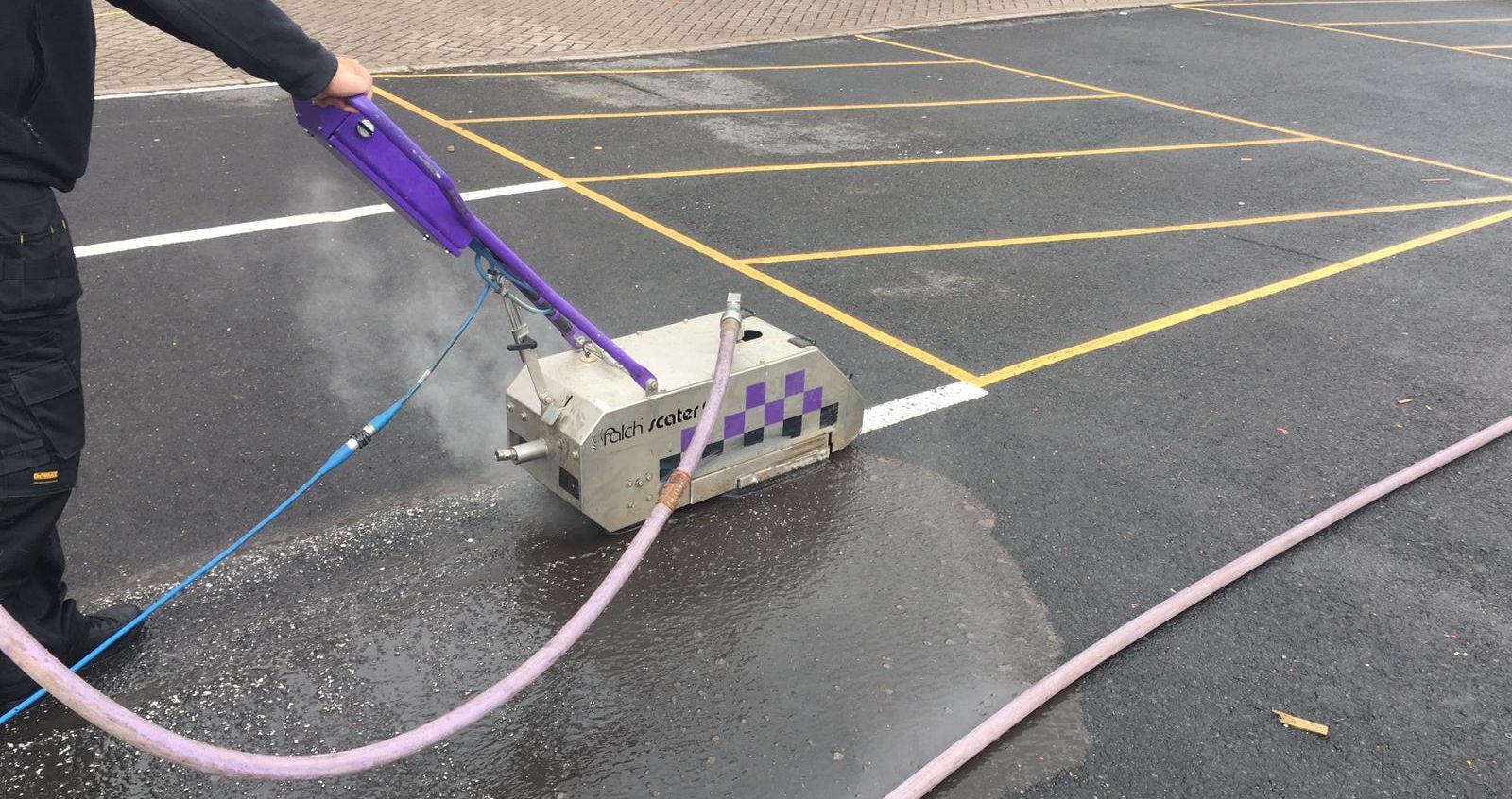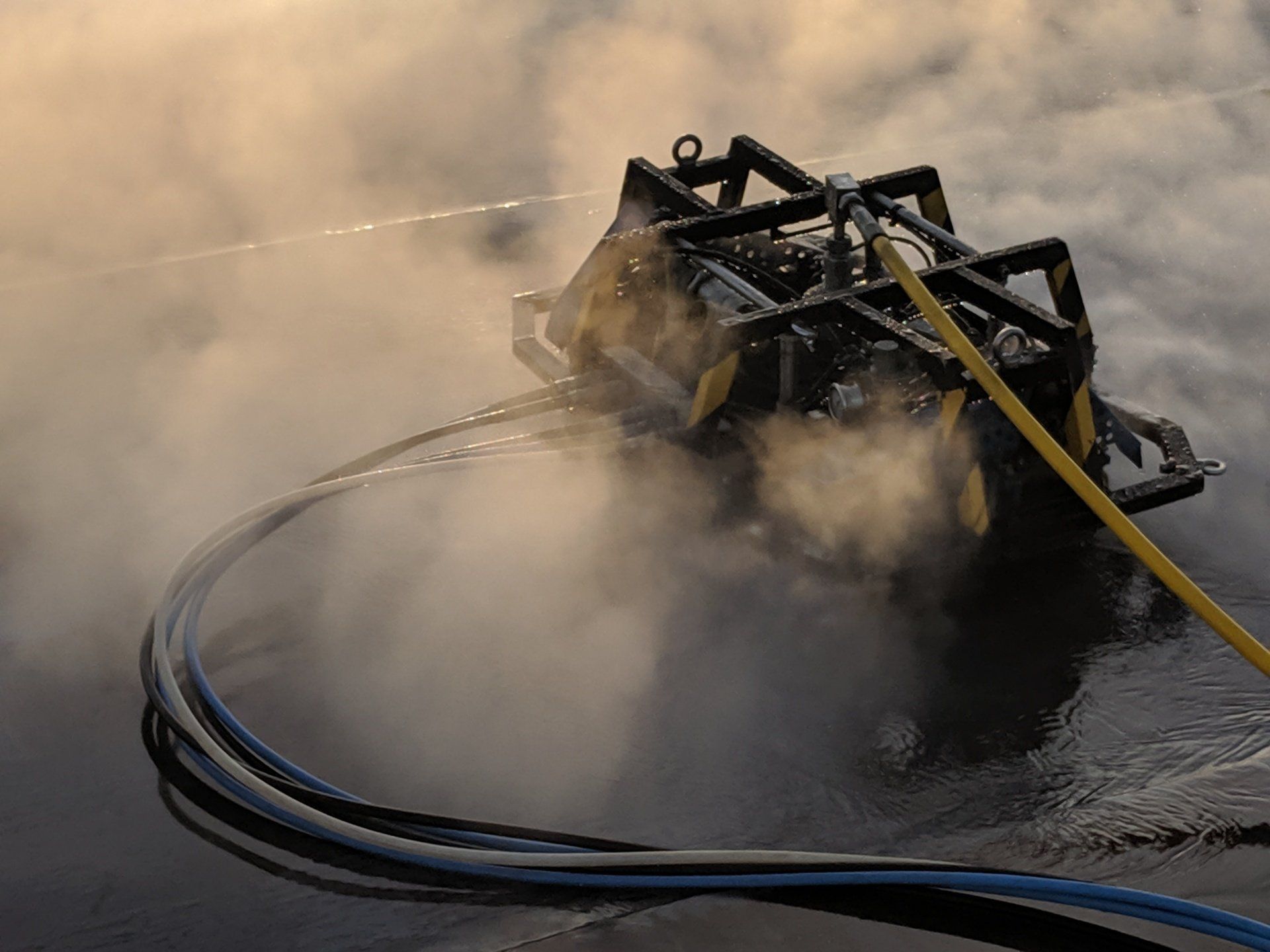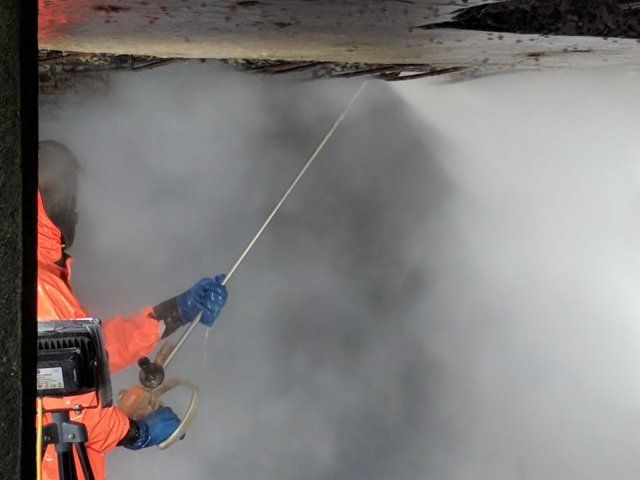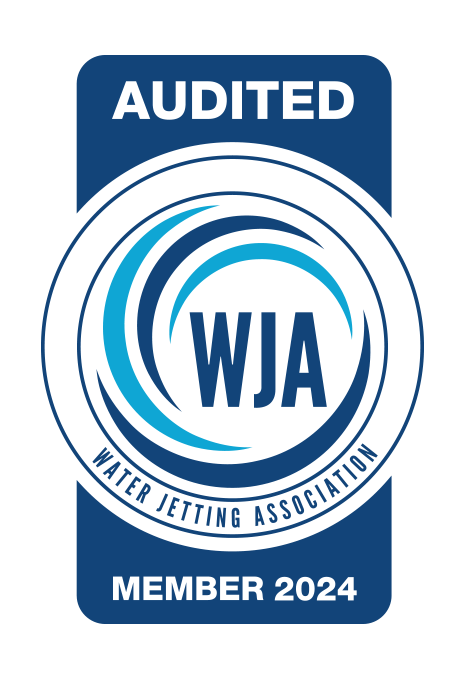Concrete Spalling: Causes, Prevention & Repair
Concrete spalling compromises structural integrity and poses risk to functionality. Therefore, it's essential to know the signs, as well as the causes, and methods of prevention and repair.
What Is Concrete Spalling?

What Causes Concrete Spalling?
Understanding the causes of concrete spalling is crucial for effective prevention and repair. Here are the primary factors contributing to spalling:
Environmental Exposure
Frequent exposure to harsh weather conditions, especially freeze-thaw cycles, can cause water to seep into concrete, expand when frozen, and subsequently lead to spalling. The presence of chemicals, particularly chlorides like those found in deicing salts, can accelerate the deterioration of concrete when they cause chemical reactions.
Material & Construction Issues
Poor-quality concrete mix and inadequate curing and finishing of concrete are significant contributors to spalling. These factors can weaken the concretes surface, making it more susceptible to damage.
Structural & Mechanical Factors
The integrity of concrete is also challenged by the corrosion of reinforcing steel and mechanical damage over time. Similar to concrete cancer, the corrosion of internal steel can cause expansion and stress on the concrete, leading to surface spalling. Additionally, physical impacts and general wear and tear over time can compromise the concrete's surface integrity.
By addressing these factors, you can significantly reduce the risk of concrete spalling and extend the lifespan of concrete structures.
Preventing Concrete Spalling
Prevention is key in managing concrete spalling. Implementing proactive measures can significantly extend the life of concrete structures and reduce the need for extensive repairs.
Quality Control in Construction
Ensuring quality at the construction stage is fundamental in preventing spalling. This includes:
Use of High-Quality Materials
Selecting premium-grade concrete and reinforcement materials can greatly reduce the risk of spalling.
Proper Construction Practices
Adhering to best practices in construction, including ensuring a proper concrete mix and effective curing processes, is essential. These steps ensure the concrete achieves its intended strength and durability.
Regular Maintenance & Inspection
Routine maintenance and inspections are critical in early spalling detection and prevention:
Scheduled Checks
Regularly inspecting structures for early signs of spalling, such as small cracks or surface flaking, can help catch issues before they escalate.
Preventative Measures
Applying sealants and waterproofing can protect concrete from moisture penetration and environmental factors that contribute to spalling.
Environmental Protection
Mitigating the impact of environmental factors is also crucial:
Strategies to Mitigate Environmental Impact
Implementing measures to protect structures from extreme weather conditions and environmental stressors can prevent spalling.
Use of Protective Coatings and Barriers
Applying protective coatings and installing barriers can shield concrete from harmful elements, further reducing the risk of spalling.
By focusing on these preventative measures, we can significantly reduce the occurrence of concrete spalling and ensure the longevity and safety of concrete structures.
Repairing Concrete Spalling
Effectively repairing concrete spalling involves a comprehensive approach, from early detection to the application of advanced repair techniques.
Early Detection & Assessment
Identifying the early signs of spalling is crucial in mitigating its impact. Look for visible cracks, flaking, or exposed reinforcement in concrete structures. These signs often indicate the onset of spalling. Once detected, it's essential to engage professionals for a thorough assessment. Experts can determine the extent of the damage and the best course of action for repair, ensuring that the underlying causes are addressed.
Repair Techniques & Methods
1. Removing Damaged Concrete
One of the most effective methods for removing damaged concrete is hydrodemolition. This process uses high-pressure water jetting, a specialty of Ammlee Group, to precisely remove deteriorated concrete without damaging the surrounding areas.
2. Treating or Replacing Corroded Steel Reinforcements
After removing the damaged concrete, it's vital to treat or replace any corroded steel reinforcements. This step is crucial to prevent further deterioration and ensure the longevity of the repair.
3. Applying New Concrete or Repair Mortars
Once the steel reinforcements are treated, the next step is to apply new concrete or repair mortars. These materials should be chosen based on compatibility with the existing structure and the specific requirements of the repair.
4. Finishing and Curing Techniques for Durability
Proper finishing and curing of the applied materials are essential for the durability of the repair. These techniques ensure that the new concrete adheres well and maintains its integrity over time.
By following these steps, concrete spalling can be effectively repaired, restoring the structural integrity and extending the lifespan of the affected structures.
Key Takeaways
- Addressing Spalling is Crucial: Concrete spalling compromises structural integrity and safety.
- Early Detection is Key: Regularly inspect for signs like cracks and flaking.
- Quality in Construction: Use high-quality materials and ensure proper concrete mix and curing.
- Regular Maintenance: Scheduled checks and preventative measures like sealants are essential.
- Environmental Protection: Apply protective coatings and barriers to mitigate environmental impact.
- Proactive Approach: Prioritise prevention over repair for cost-effectiveness and longevity.
Need a concrete repair specialist?
Contact Ammlee Group today to discuss your needs and discover how our concrete repair contractors can rectify your spalling issues.

Get In Touch
Belfast
Glasgow
London
Middlesbrough
Connect with us
Our Services
Company Information
Designed & optimised by CodeFixer.









